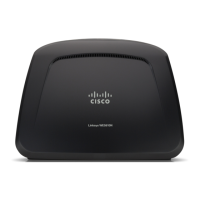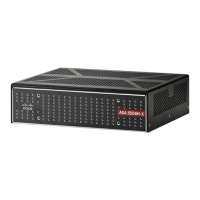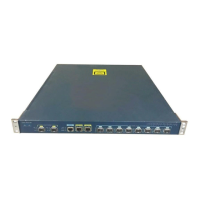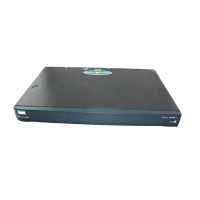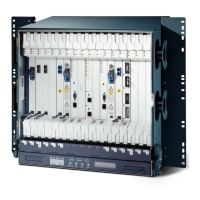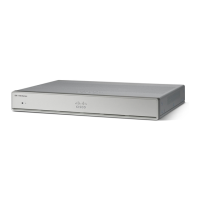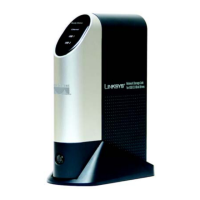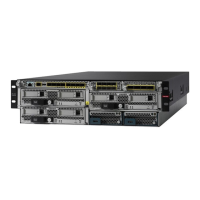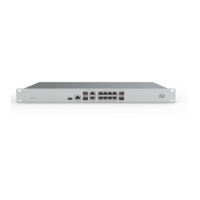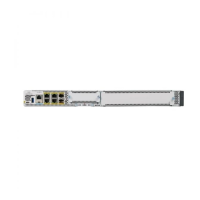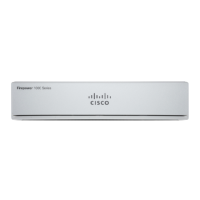Networking
Routing
Cisco SA500 Series Security Appliances Administration Guide 67
2
DMZ DHCP Leased Clients
This page displays a list of the DHCP-assigned IP addresses and hardware
addresses of the DMZ clients.
Click Networking > Optional Port > DMZ DHCP Clients.
Routing
If needed, you can change the routing mode, configure static routing, or configure
dynamic routing on your security appliance.
• Routing, page 67
• Static Routing, page 68
• Dynamic Routing, page 69
Routing
Depending on the requirements of your ISP, you can configure the security
appliance in NAT routing mode or Classic routing mode. By default, NAT is
enabled.
Network Address Transalation (NAT) is a technique that allows several computers
on a LAN to share an Internet connection. The computers on the LAN use a private
IP address range while the WAN port on the router is configured with a single
public IP address. Along with connection sharing, NAT also hides internal IP
addresses from the computers on the Internet.
STEP 1 Click Networking > Routing > Routing.
The Routing Mode window opens.
STEP 2 Choose one of the following options:
• NAT: Choose this option if your ISP has assigned only one IP address to you
or if you are sharing IP addresses across several devices such as your LAN,
and using the other dedicated devices for DMZ. NAT is the default option.
• Classic Routing: Choose this option if your ISP has assigned an IP address
for each of the computers that you use.

